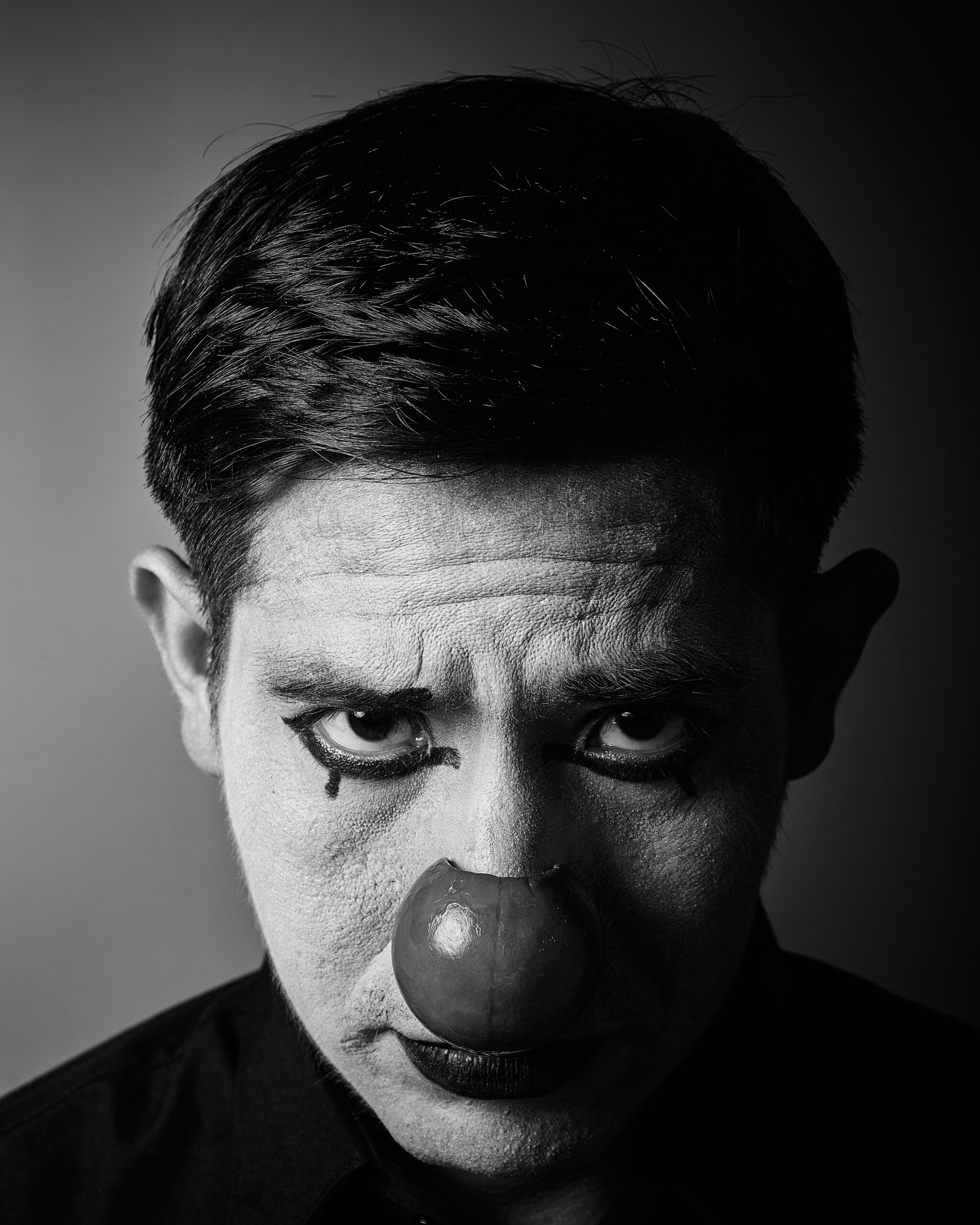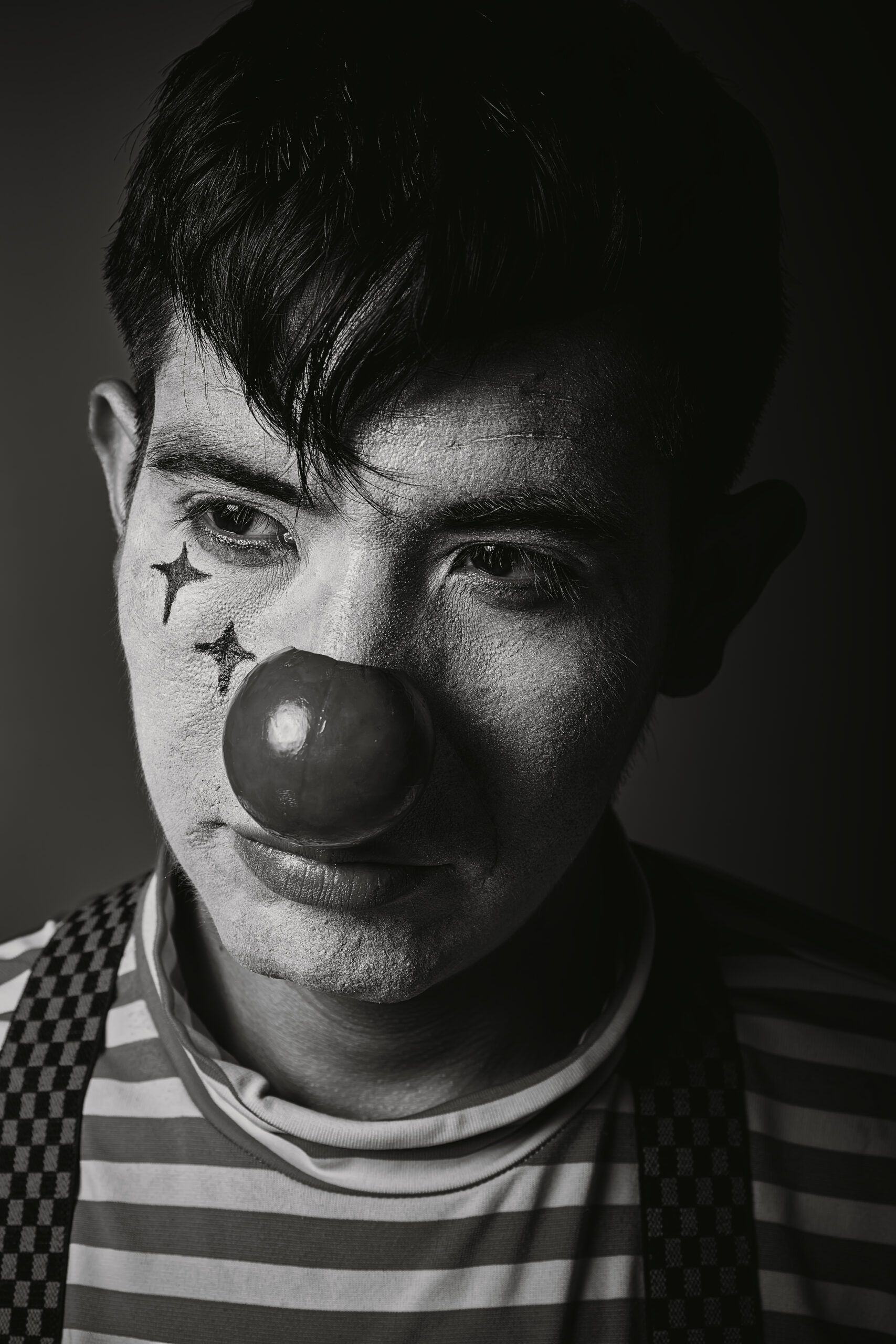So you’re looking for a simple and effective way to improve your breathing? Look no further than the Buteyko Breathing Technique. This technique, named after its creator, Dr. Konstantin Buteyko, is gaining popularity for its ability to help people with various respiratory conditions, such as asthma and anxiety, as well as enhance overall well-being. By focusing on controlling and reducing hyperventilation, the Buteyko Breathing Technique aims to restore balance to your respiratory system and optimize your body’s oxygen and carbon dioxide levels. Get ready to discover a powerful tool that can enhance your breathing and transform your life.
What is the Buteyko Breathing Technique?
The Buteyko Breathing Technique is a holistic approach to improving breathing efficiency and overall well-being. It was developed by Russian physiologist Konstantin Buteyko in the 1950s and has gained popularity around the world as a natural and drug-free method to address various respiratory and health conditions. This technique focuses on reducing excessive breathing and promoting nasal breathing, aiming to balance the body’s oxygen and carbon dioxide levels.
Introduction to the Buteyko Method
The Buteyko Method is named after its founder, Dr. Konstantin Buteyko. It is based on the principle that breathing patterns directly impact a person’s health and physiological functioning. By practicing specific breathing exercises and adopting conscious breathing habits, individuals can optimize their respiratory function and enhance their overall well-being. This technique is often taught through structured courses or workshops led by certified Buteyko practitioners.
Origin and Founder of the Technique
Dr. Konstantin Buteyko, born in 1923 in Russia, dedicated his life to researching the relationship between breathing, health, and disease. The Buteyko Breathing Technique originated as a result of his extensive study and clinical observations. He noticed that many individuals with respiratory conditions exhibited a pattern of chronic overbreathing and developed a method to retrain their breathing habits. Dr. Buteyko’s work was initially met with skepticism, but over time, scientific evidence and positive testimonials supported the effectiveness of his technique.
Basic Principle of the Buteyko Breathing Technique
The fundamental principle of the Buteyko Breathing Technique revolves around the concept of restoring the body’s natural balance of oxygen and carbon dioxide. It is based on the understanding that carbon dioxide (CO2) is not merely a waste gas but plays a crucial role in the regulation of various physiological processes. By reducing overbreathing and increasing carbon dioxide levels, practitioners aim to improve oxygen delivery to tissues and organs, enhance respiratory efficiency, and promote overall health.
The Science behind the Technique
Understanding the Role of Carbon Dioxide
Contrary to popular belief, carbon dioxide is not solely a waste product exhaled by the body. It serves a vital function in maintaining the acid-base balance in the blood and tissues. Carbon dioxide acts as a vasodilator, helping to widen blood vessels and improving oxygen transport to organs. It also assists in the release of oxygen from red blood cells, ensuring optimal oxygenation at the cellular level. The Buteyko Breathing Technique emphasizes the importance of maintaining adequate levels of carbon dioxide for optimal physiological function.
Respiratory Physiology and Dysfunction
In normal respiratory physiology, breathing occurs primarily through the nose, allowing the air to be filtered, humidified, and warmed before entering the lungs. However, various factors such as stress, pollution, mouth breathing habits, and sedentary lifestyle can disrupt this natural process. Overbreathing, characterized by rapid and shallow breathing through the mouth, can lead to reduced carbon dioxide levels in the body, resulting in a cascade of physiological dysfunction. The Buteyko Breathing Technique addresses these imbalances and helps individuals relearn proper breathing patterns.
Effects of Mouth Breathing
Mouth breathing, as opposed to nasal breathing, can have detrimental effects on health. Breathing through the mouth bypasses the natural filtration and humidification system of the nose, allowing airborne pollutants and pathogens to enter the airways more easily. It can also contribute to dry mouth, bad breath, and disrupted sleep. The Buteyko Breathing Technique teaches individuals to breathe through their nose, promoting optimal air conditioning and minimizing the negative effects associated with mouth breathing.

Benefits of Practicing Buteyko Breathing
Improved Breathing Efficiency
One of the primary benefits reported by individuals practicing the Buteyko Breathing Technique is improved breathing efficiency. By reducing overbreathing and optimizing the balance of oxygen and carbon dioxide in the body, practitioners may experience increased energy levels, improved lung function, and a reduction in respiratory symptoms such as breathlessness.
Reduced Asthma Symptoms
Asthma is a chronic respiratory condition characterized by airway inflammation and hyperresponsiveness. Many individuals with asthma tend to overbreathe and have lower levels of carbon dioxide in their lungs. By practicing the Buteyko Breathing Technique, individuals with asthma may experience a reduction in symptoms, such as wheezing, coughing, and shortness of breath. Some studies have shown that Buteyko breathing exercises can lead to a decreased need for asthma medication.
Enhanced Physical Performance
Optimal breathing patterns are essential for athletes and individuals involved in physical activities. The Buteyko Breathing Technique has been found to enhance physical performance by improving oxygen delivery, reducing breathlessness, and increasing endurance. By training the body to maintain proper breathing parameters, athletes can maximize their potential and achieve better results in their chosen sport or activity.
Step-by-Step Guide to Buteyko Breathing
Diaphragmatic Breathing
Steps:
- Find a comfortable position, either sitting or lying down.
- Place one hand on your chest and the other on your abdomen.
- Take a slow, gentle breath in through your nose, focusing on filling your abdomen with air and allowing your hand on your abdomen to rise.
- Exhale slowly through your nose, feeling your abdomen fall as you release the breath.
- Continue this diaphragmatic breathing pattern for a few minutes, gradually increasing the duration as you become more comfortable.
Nasal Breathing
Steps:
- Throughout the day, make a conscious effort to breathe through your nose rather than your mouth.
- If you catch yourself mouth breathing, gently close your lips and redirect your breath through your nose.
- Practice nasal breathing during physical activities, gradually increasing the intensity and duration over time.
- Be mindful of your breath throughout the day, aiming to keep your mouth closed and breathe exclusively through your nose.
Control Pause Technique
Steps:
- Sit comfortably and relax for a few minutes.
- Take a normal breath in through your nose.
- Exhale calmly and gently through your nose.
- After exhaling, pinch your nose with your fingers to close off both nostrils.
- Hold your breath gently, without straining, for as long as you can comfortably manage.
- Release your nose and take a gentle breath in through your nose.
- Continue with your daily activities, maintaining nasal breathing and awareness of your breath.

Conditions and Disorders Treated by Buteyko Breathing
Asthma
The Buteyko Breathing Technique has shown promising results in managing asthma symptoms. By reducing overbreathing and increasing carbon dioxide levels, individuals with asthma may experience a decrease in the frequency and severity of asthma attacks. Many studies have reported a reduction in the need for asthma medications and an improvement in overall lung function after implementing the technique.
Anxiety and Stress
Anxiety and stress can lead to shallow and rapid breathing, often through the mouth. This type of breathing pattern can exacerbate feelings of anxiety and contribute to physiological imbalances. Buteyko Breathing exercises help calm the nervous system, lower breathing rate, and increase carbon dioxide levels, promoting relaxation and reducing feelings of anxiety and stress.
Sleep Disorders
Poor breathing habits, such as mouth breathing, can contribute to sleep disorders like snoring and sleep apnea. By practicing the Buteyko Breathing Technique and promoting nasal breathing during sleep, individuals may experience improved sleep quality, reduced snoring, and a decrease in sleep apnea symptoms. It is always recommended to consult with a healthcare professional for a comprehensive assessment and management of sleep disorders.
Integration of Buteyko Breathing with Other Therapies
Yoga and Meditation
Buteyko Breathing techniques can be integrated with yoga and meditation practices to enhance the mind-body connection and promote overall well-being. The principles of conscious breathing taught in Buteyko can complement the mindfulness and breath-focused techniques utilized in yoga and meditation, facilitating a deeper state of relaxation and self-awareness.
Cognitive Behavioral Therapy
Cognitive Behavioral Therapy (CBT) is a widely recognized therapeutic approach for various mental health conditions, including anxiety and panic disorders. Combining CBT with the Buteyko Breathing Technique can provide individuals with additional tools for managing anxiety symptoms. By incorporating conscious breathing exercises into CBT sessions, individuals can gain better control over their physiological responses and reduce anxiety-related symptoms.
Sports Performance Training
Athletes and individuals engaging in sports and physical activities can benefit from incorporating the Buteyko Breathing Technique into their training routines. Proper breathing patterns can improve oxygenation, reduce breathlessness, and optimize energy levels during exercise. By including Buteyko breathing exercises in their training regimen, athletes can enhance their performance and achieve better results.

Suitability and Safety of Buteyko Breathing Technique
Who Can Benefit from the Technique?
The Buteyko Breathing Technique can benefit a wide range of individuals, including those with respiratory conditions such as asthma, COPD, and allergies. It can also be beneficial for individuals experiencing anxiety, stress, sleep disorders, or looking to improve their overall breathing efficiency. It is important to note that while the Buteyko Breathing Technique has shown encouraging results, individuals should consult with healthcare professionals to fully address their specific health needs.
Precautions and Potential Side Effects
When practicing the Buteyko Breathing Technique, some individuals may experience temporary discomfort or sensations related to increased carbon dioxide levels. This can include feelings of breathlessness, light-headedness, or tingling sensations. These sensations are usually mild and dissipate as the body adjusts to the new breathing pattern. If any concerns arise, it is advisable to consult a healthcare professional to ensure proper guidance and support throughout the practice.
Personal Experiences and Testimonials
Success Stories from Buteyko Practitioners
Many individuals who have implemented the Buteyko Breathing Technique into their daily lives report significant improvements in their respiratory health and overall well-being. They have experienced a reduction in asthma symptoms, increased energy levels, improved focus, and enhanced quality of sleep. Success stories often highlight the transformative impact of conscious breathing and the empowerment it brings to individuals in managing their health.
Client Testimonials and Case Studies
Numerous case studies and client testimonials have documented positive outcomes from practicing the Buteyko Breathing Technique. These testimonials often reveal a decrease in the need for medications, a reduction in respiratory symptoms, and an improvement in quality of life. They highlight the potential benefits of this technique in a variety of clinical scenarios and encourage further exploration of its therapeutic applications.
Scientific Studies and Research on Buteyko Breathing
Summary of Clinical Trials and Studies
Over the years, multiple clinical trials and studies have assessed the effectiveness of the Buteyko Breathing Technique in various health conditions. Scientific research has demonstrated promising results, indicating improvements in respiratory function, reduced asthma symptoms, and enhanced quality of life. However, further high-quality studies are needed to strengthen the scientific evidence base and establish the technique’s efficacy across different populations.
Criticism and Controversies
As with any therapeutic approach, the Buteyko Breathing Technique has also faced criticism and controversies. Some critics argue that the observed benefits may be attributed to a combination of relaxation techniques and placebo effects rather than the technique itself. Additionally, the lack of large-scale randomized controlled trials and the varying degrees of adherence to the Buteyko Method among practitioners have contributed to skepticism. However, ongoing research and clinical trials aim to address these concerns and shed more light on the effectiveness of this technique.
Conclusion and Future Directions
Key Takeaways from the Buteyko Breathing Technique
The Buteyko Breathing Technique offers a non-invasive and drug-free approach to promoting optimal respiratory function and overall well-being. By practicing conscious breathing and adopting proper breathing habits, individuals can potentially experience improved lung function, reduced asthma symptoms, and increased physical performance. The emphasis on maintaining the balance between oxygen and carbon dioxide levels highlights the importance of carbon dioxide in various physiological processes.
Potential Areas for Further Research
While existing research supports the efficacy of the Buteyko Breathing Technique, further research is needed to explore its benefits across different populations and health conditions. Focus on well-designed randomized controlled trials, long-term follow-ups, and objective physiological measures will contribute to a better understanding of the technique’s mechanisms and its integration with other conventional therapies. Continued research will further validate the Buteyko Technique as a valuable tool in optimizing respiratory health and well-being.
